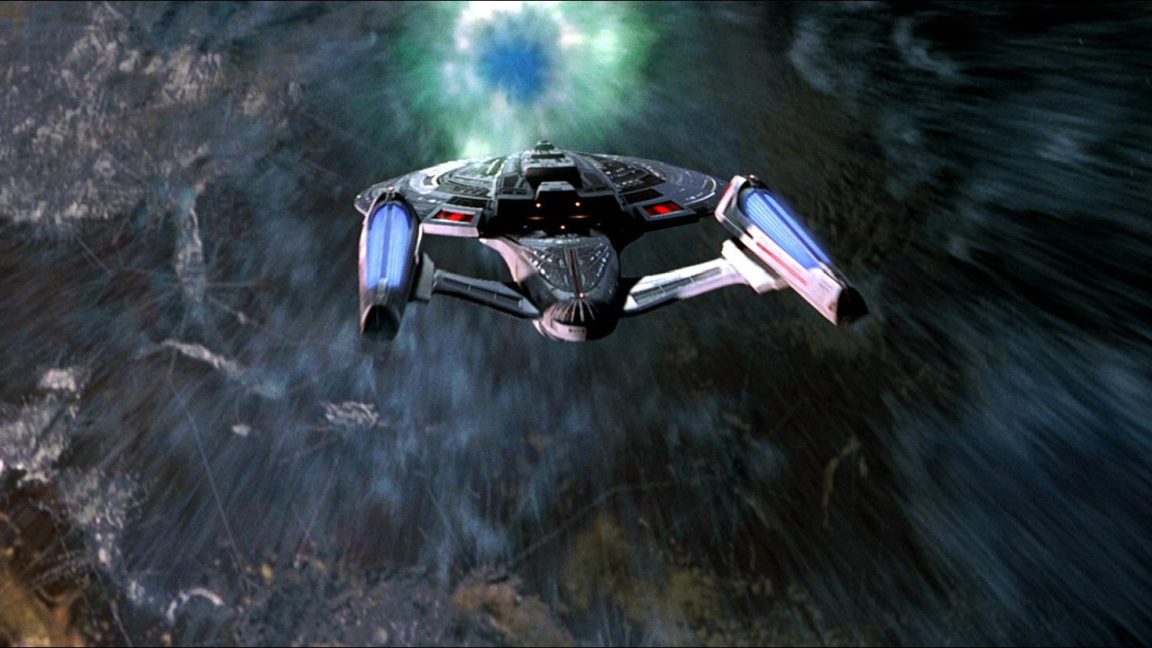Not sure where to post, so posting this here. That's because it's not about real science but I'm asking what would happen 'in the real world' in this case.
So, suppose some individual in a neutral country (let's say, Switzerland) posts a prototype warp engine design at several websites with worldwide base of readers (so that even if several government agencies would want to take it down immediately, it would already be too late, the designs would already have been downloaded (anonymously) thousands of times).
Though not yet known at the time of posting, the designs turn out to be both flawless and practical (after months or years of scrutinizing and lab testing). Practical in the sense that a craft prototype could be built by companies the size of companies that build the rockets for 'space tourism' today. However, it's only a 1st generation prototype so the engine cannot do much more than warp 1 (lightspeed).
So, what happens next? What would be a realistic timeline for developing such craft? What would be primary targets? What would governments do, would they still try to restrict access to the tech?
Disclaimer: Just interested in the scenario. There's no secondary goal (such as using the material for writing a sf story).
So, suppose some individual in a neutral country (let's say, Switzerland) posts a prototype warp engine design at several websites with worldwide base of readers (so that even if several government agencies would want to take it down immediately, it would already be too late, the designs would already have been downloaded (anonymously) thousands of times).
Though not yet known at the time of posting, the designs turn out to be both flawless and practical (after months or years of scrutinizing and lab testing). Practical in the sense that a craft prototype could be built by companies the size of companies that build the rockets for 'space tourism' today. However, it's only a 1st generation prototype so the engine cannot do much more than warp 1 (lightspeed).
So, what happens next? What would be a realistic timeline for developing such craft? What would be primary targets? What would governments do, would they still try to restrict access to the tech?
Disclaimer: Just interested in the scenario. There's no secondary goal (such as using the material for writing a sf story).



